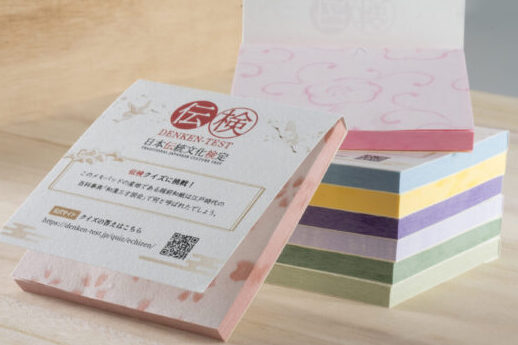
伝検クイズ バックナンバー
これまでに出題した日本の伝統文化にまつわるクイズです。伝検の試験問題に採用されるかもしれません。ぜひチャレンジしてみてください。
-
就寝中に体内の三尸(さんし)の虫が抜け出して天帝に告げ口をするという言い伝えから、徹夜で宴会をする行事は何でしょう。

-
甲州印伝は山梨県の伝統的工芸品ですが、この「印伝」に関する記述が出てくる江戸時代の滑稽本は何でしょう。
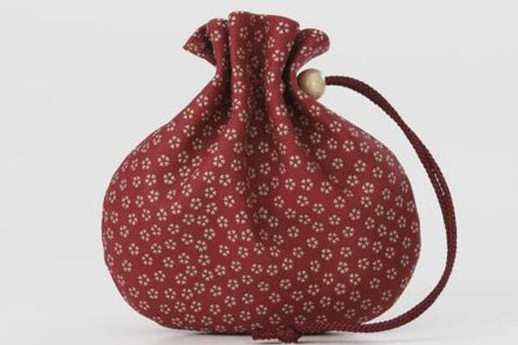
-
柳田国男「遠野物語」に登場し、山中に急に現れて、そこにある器などを持ち帰ると幸福をもたらす不思議な家を何というでしょう。

-
松平定信が築造し、日本最古の公園ともいわれる庭園の名称は何でしょう。

-
写真は宮城県の伝統工芸品の仙台張子です。名称は何だるまでしょうか。
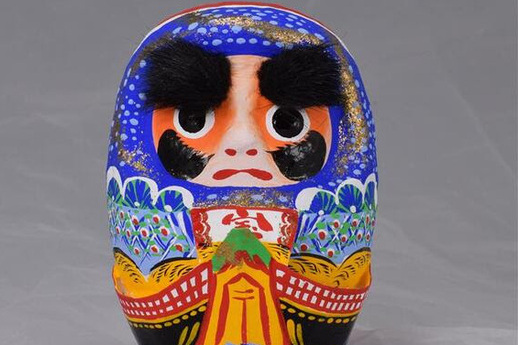
-
弥生時代のものだと考えられている写真の青銅製の銅鏡は何というでしょう。

-
明治時代に大聖寺伊万里と呼ばれる磁器が作られたのは、現在の何県でしょう。

-
12月13日のすす払い後に食べることが江戸庶民の慣習となり、ハリハリ鍋の具材にもなった食材は何でしょう。

-
茶の湯の天下三宗匠の1人で、その審美眼から安土桃山時代随一の道具の目利きといわれた堺の豪商は誰でしょう。
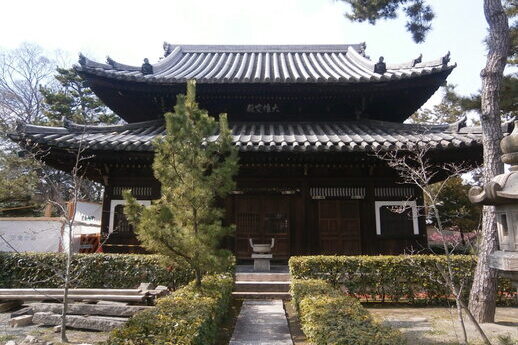
-
葉形が矢尻に似ていることから勝軍草(かちいくさぐさ)とも呼ばれ、毛利元就が家紋とした植物は何でしょう。
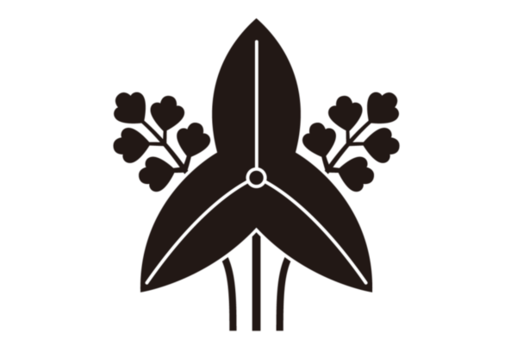
-
西陣織の1990年の出荷額を100%とした時、2023年の出荷額は約何%だったでしょうか。
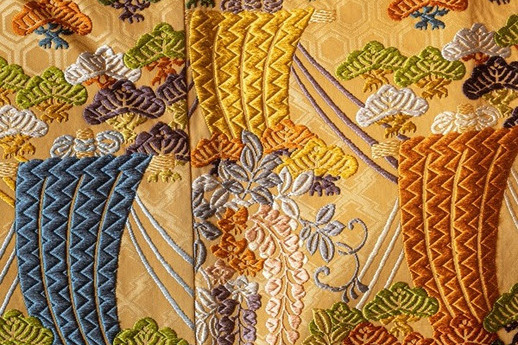
-
人形浄瑠璃という言葉は、ある人物と浄瑠璃姫の恋物語を描いた物語に由来します。その人物とは誰でしょう。
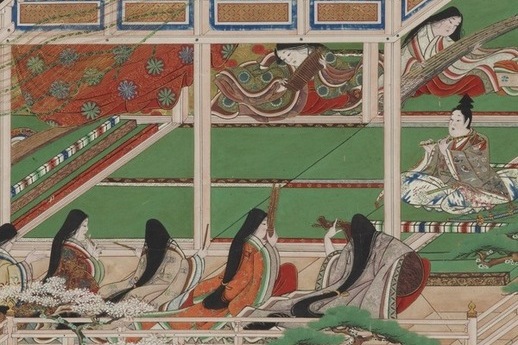
-
茶室の庭(露地)の飛び石や岐路に置かれている縄が結ばれた丸い石のことを何というでしょう。

-
新潟県三条市や燕市で金工技術が発展するきっかけとなった、江戸時代に需要が急増したものとは何でしょう。
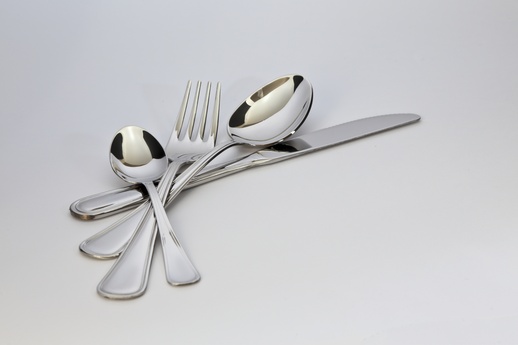
-
豊臣秀吉が京都の平安京大内裏跡に建てた豪華な邸宅の名称は何でしょう。
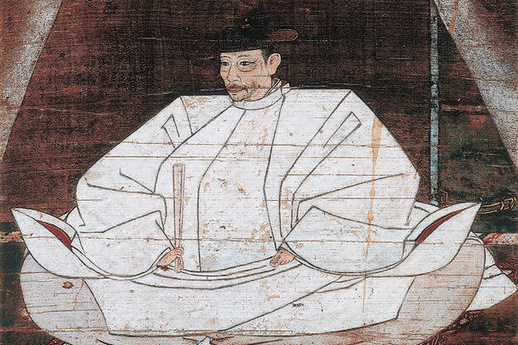
-
「伊勢物語」を題材とした世阿弥の代表作で、女の霊が形見の装束で舞う能の演目は何でしょう。
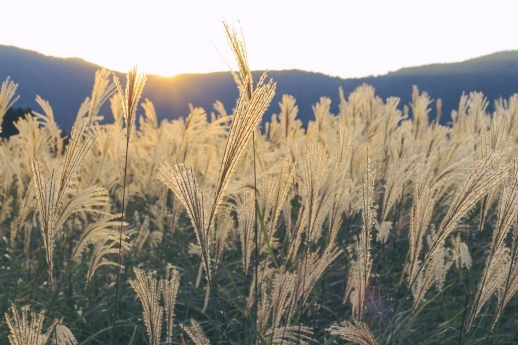
-
「錦絵」と呼ばれる木版画を可能にした、版木に付ける2カ所の目印を何と呼ぶでしょう。
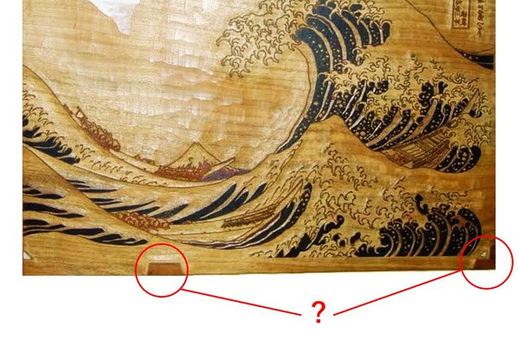
-
生涯で20を超える城を築城・修築し、「築城の名人」として知られる戦国武将は誰でしょう。
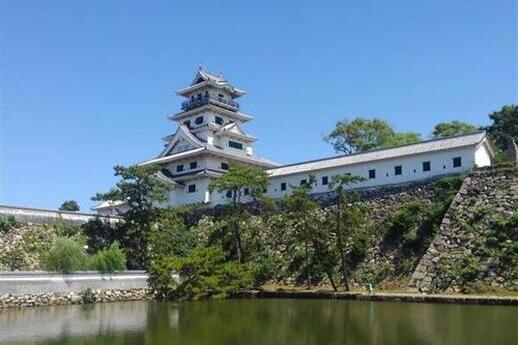
-
青森県の夏祭り「弘前ねぷた」では、ねぷたを引くときにどんな掛け声を発するでしょう。

-
英語で「茶の本(The Book of Tea)」を著した明治時代の思想家は誰でしょう。

-
江戸時代に爆発的に流行したお伊勢参り。事情があって参拝できない人が、ご利益を得るために取った方法は何でしょう。
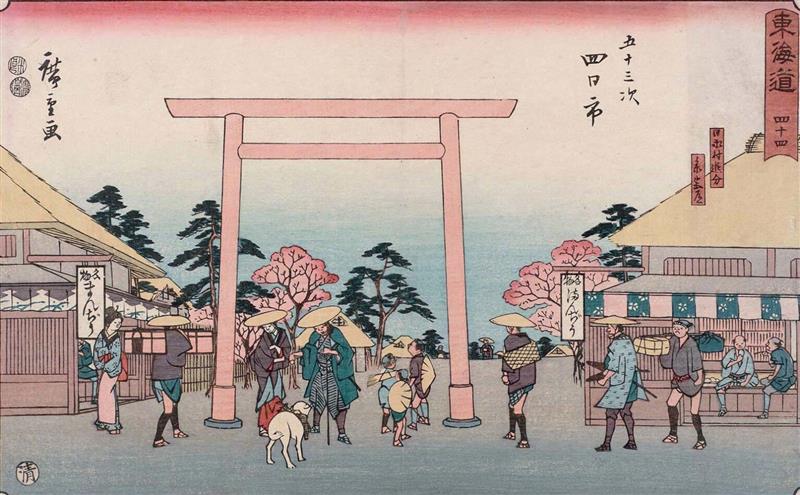
-
幼少期の源義経(牛若丸)に武術を授けたという伝説が能の演目にもなっている妖怪は何でしょう。
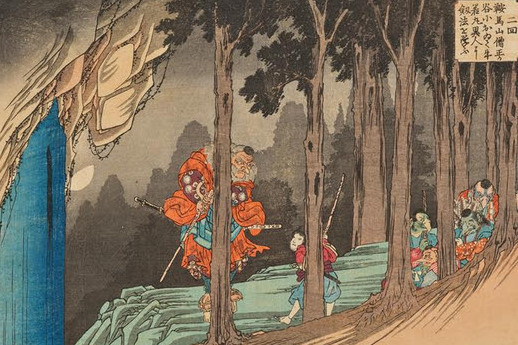
-
天下一の名香とうたわれ、奈良・正倉院に所蔵される香木を何というでしょう。

-
江戸時代中期、極彩色の鶏などを精緻に描き、「奇想の画家」と呼ばれた絵師は誰でしょう。

-
将軍家の娘が嫁いだ際に造られた御守殿門。唯一現存する門はどこにあるでしょう。

-
染織で使う、写真にあるような両端に針が付いた細い棒を何と呼ぶでしょう。

-
春の京都でよく見かける、写真の提灯に描かれた白い部分の文様を何というでしょうか。

-
土用の丑(うし)の日に、鰻を食べることを広めたという説がある江戸時代の学者は誰でしょう。

-
かぶせ茶の生産量が全国1位(2024年)の都道府県はどこでしょう。

-
端午の節句に食される餅を包むカシワの葉が縁起物とされているのはなぜでしょう。

-
葛飾北斎の「神奈川沖浪裏」に影響を受けたといわれる交響詩「海」を作曲したのは誰でしょう。

-
ポルトガルから長崎に伝わり、江戸時代初期には庶民が屋台で気軽に食べていた料理は何でしょう。

-
焼き打ちされた瑞泉寺再建から始まった、富山県の伝統的工芸品は何でしょうか。

-
欠けた陶磁器や漆器などを全く別の破片をつなぎ合わせて修復する技法は何でしょうか。

-
白地に絹糸を房飾りのように縫い付けた、キツネの化身を表す歌舞伎の衣装の名前は何でしょうか。

-
花見が酒宴を伴う形になるきっかけとなった、有名な花見を何というでしょうか。
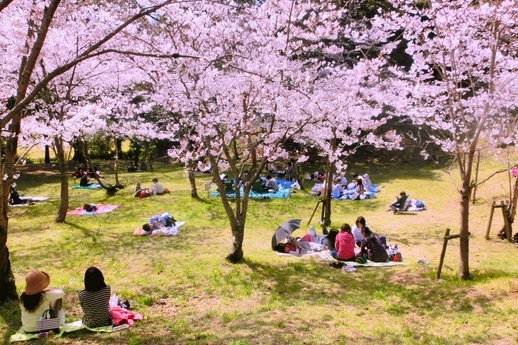
-
松江藩主の松平不昧(治郷)が29歳の時に造らせた写真の茶室の名称は何でしょうか。

-
欧州白磁の「ブルーオニオン」は、ある果物と間違えられて生まれた意匠です。その果物は何でしょうか。

-
琉球王国の第二尚氏王朝時代に建てられた首里城。正殿は何階建てでしょうか。

-
日本の紙幣に使われている和紙の主な原料となる植物は何でしょうか。
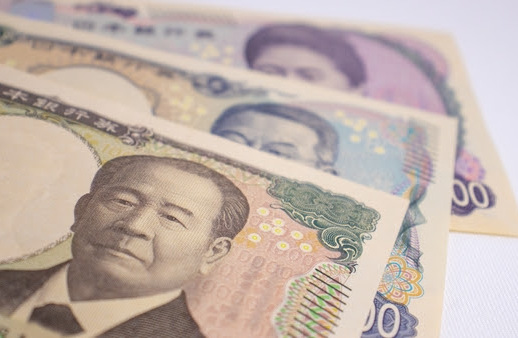
-
「日本三大こけし」と呼ばれる産地は、鳴子、土湯と、あと一つはどこでしょうか。

-
「食器は料理の着物」と明言した美食家、陶芸家、芸術家、文筆家でもある人物は誰でしょう。

-
現存する世界最古の木造建築物である法隆寺。主に使用されている木材の種類は何でしょう。
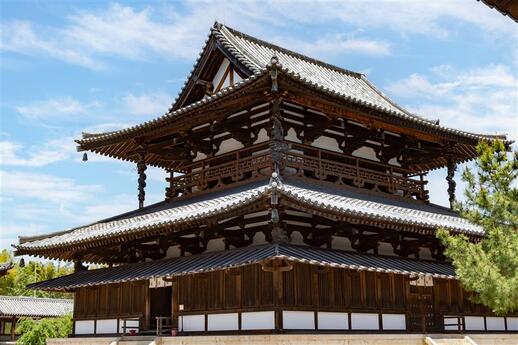
-
日本で世界最古級ともいわれる土器が発掘された遺跡の名称は何でしょう。

-
冬の定番料理、おでんの語源で能楽の成り立ちにも影響を与えた民俗芸能は何でしょう。
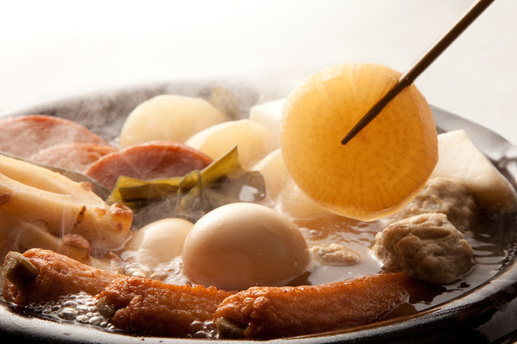
-
江戸時代中期の百科事典「和漢三才図会」で、「工芸」と同義で出てくる言葉は何でしょう。
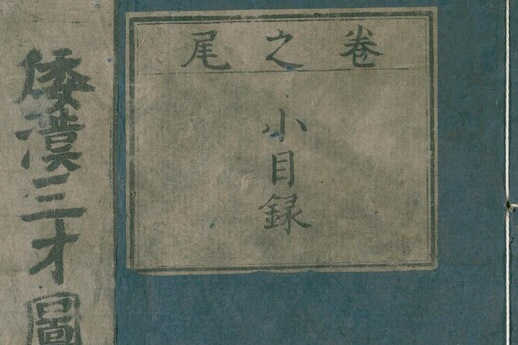
-
四国八十八カ所霊場を巡礼するお遍路が、白衣や菅笠に書きつける四字熟語は何でしょうか。

-
「山水画」「人物画」と並ぶ、水墨画の三大画題は何でしょうか。

-
飛鳥時代から歴代の天皇が訪れた、日本書紀や万葉集にも登場する温泉地はどこでしょうか。
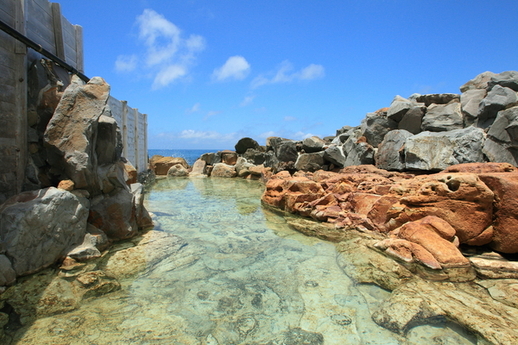
-
独自の模様を考案し「色絵磁器」で人間国宝となった明治生まれの陶芸家は誰でしょうか。

-
「四谷怪談」「皿屋敷」と並ぶ、 日本三大怪談話といわれる落語の演目は何でしょうか。
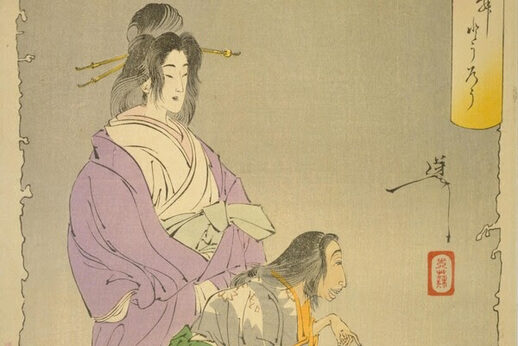
-
国会議事堂中央塔に、タイルとして使用されている陶磁器は何でしょうか。

-
歌舞伎に登場する花魁(おいらん)が着用する衣装で前で結ぶ大きな帯の名前は何でしょうか。
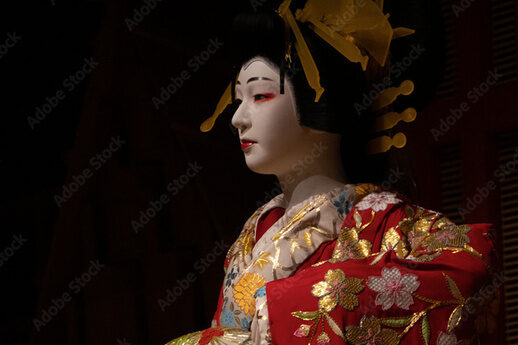
-
日本酒を温めて飲む「燗」の習慣が始まったのは、何時代でしょうか。

-
テーブルといすを使って行うお茶の点前( てまえ)を何というでしょうか。

-
竹かごなどを編んだ編目を意匠化したもので、魔よけの意味を持つ文様を何というでしょうか。

-
飛鳥時代の596年に豪族・蘇我馬子が創建した、 日本で最初の本格的な仏教寺院は何でしょうか。

-
三木城のある兵庫県三木市は大工道具を含む刃物の産地として発展してきました。 その刃物の名称は何でしょう。
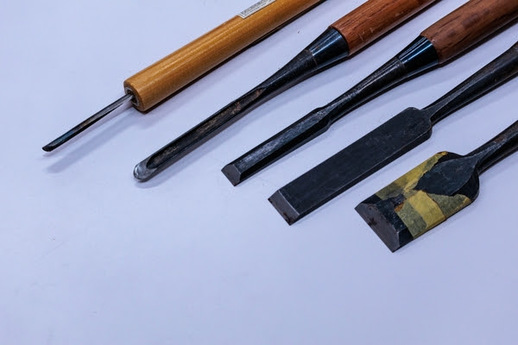
-
沖縄の伝統染織に欠かせない「琉球藍」 で使われる染料を何というでしょうか。
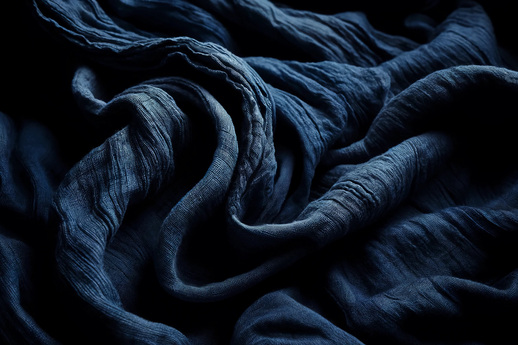
-
国の重要無形文化財にも指定された、ろくろで回しながら模様を付ける福岡県の陶器は何でしょう。
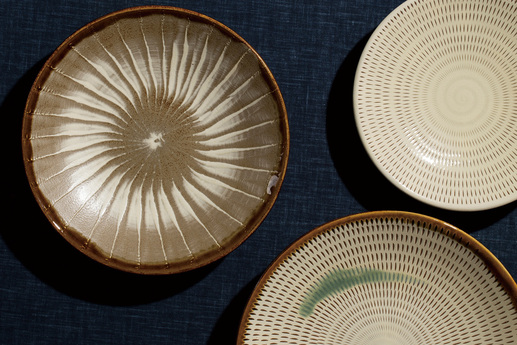
-
近松門左衛門作の「曽根崎心中」。ゆかりの大阪市の神社はどこでしょう。
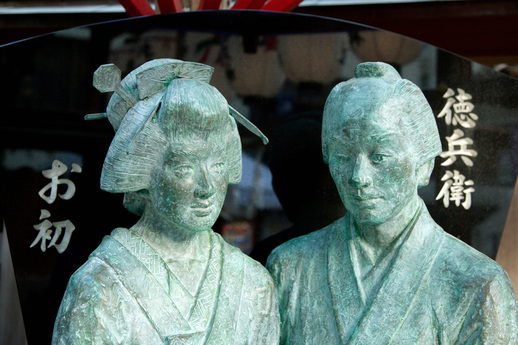
-
「十五夜」のお月見と同様に大切にされた「( )夜」。( )に入る漢数字は何でしょう。
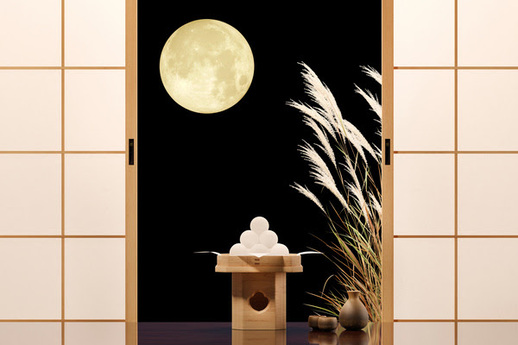
-
干菓子(ひがし)の原料、和三盆糖は何という品種のサトウキビから作られるでしょう。

-
秋の夕暮れ時に青い空と日暮れの赤が混じる空の色は何と呼ばれているでしょう。

-
江戸時代の浮世絵師・喜多川歌麿の「寛政三美人」を出版、販売したのは誰でしょう。

-
しゃもじ(木製)の発祥の地といわれ、生産量が日本一の都道府県はどこでしょう。
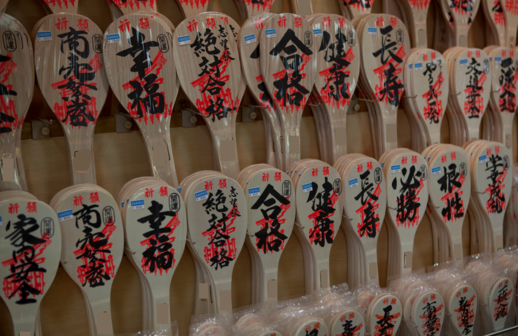
-
線香花火は、あるものの先に火薬をつけたものが始まりといわれています。それは何でしょう。
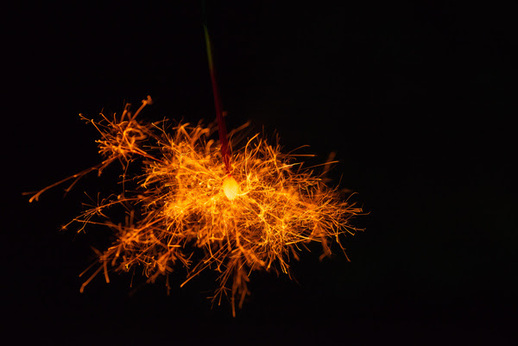
-
写真の九谷焼の器はイッチンで丸い点を描いています。これは特に何と呼ばれるでしょう。
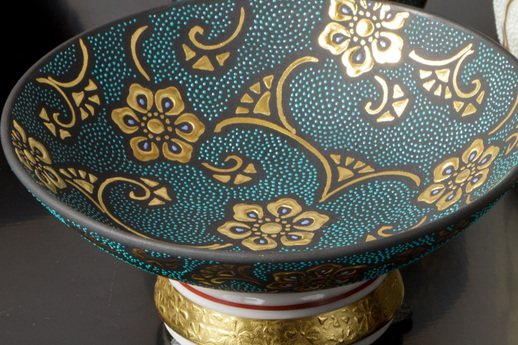
-
神霊や過去の幽霊など、霊的な存在が主人公となる能の形式の名称は何でしょう。

-
行事やお祝いの日に食べる特別な料理を「行事食」といいます。七夕の行事食は何でしょう。
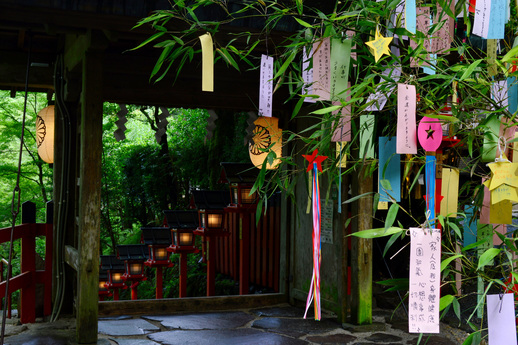
-
冬に水羊羹を食べる習慣があり、 冬の風物詩として親しまれている県はどちらでしょう。
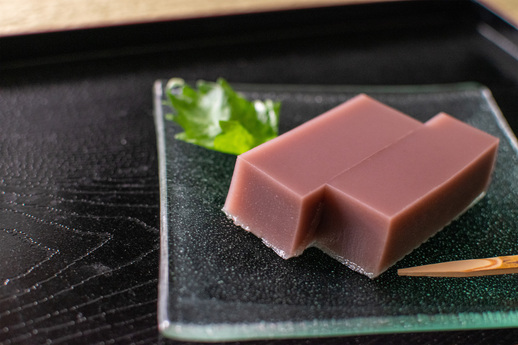
-
江戸時代以前に建てられ、現代まで残っている「現存天守」は、幾つあるでしょう。

-
江戸時代に歌舞伎役者が考案した、この役者文様の名前は何でしょう。

-
「南部風鈴」の音色が「残したい日本の音風景100選」にも選ばれた駅はどこでしょう。
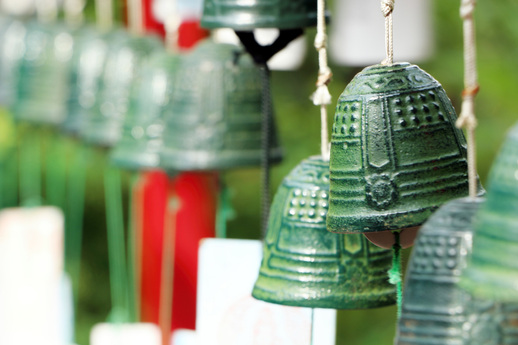
-
日本の紬はある島に中国の養蚕技術が持ち込まれて発達しました。その島はどこでしょう。
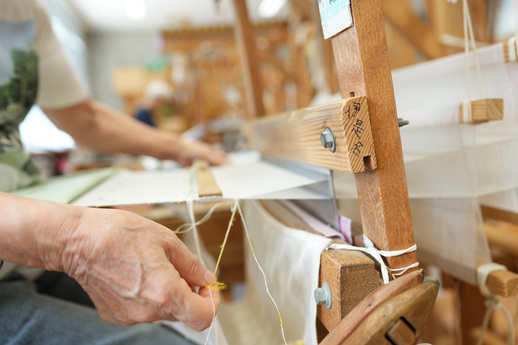
-
江戸切子の繊細なカットが光を受けて輝くさまから名付けられた文様名は何でしょう。

-
歌舞伎で能舞台を模した舞台装置を使う「勧進帳」などの演目を何と言うでしょう。

-
「食すと寿命が延びる」という意味の「初物」が入ることわざは何でしょう。

-
鎌倉時代に宋の喫茶文化を伝えて「喫茶養生記」という日本最初の茶書を書き残した留学僧は誰でしょう。

-
枯山水の石庭で有名な「龍安寺」を世界的に有名にした英国の王族は誰でしょう?
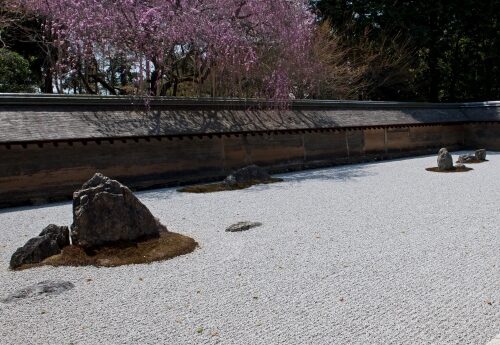
-
吉祥文様の一つで世界的に知られたこの文様の名前は何でしょう?

-
香川漆器で文様のくぼみに色漆を埋め込む独特な技法は何でしょうか?

-
「岐阜提灯」との出会いから誕生した有名な照明「AKARI」をデザインしたのは誰でしょう?
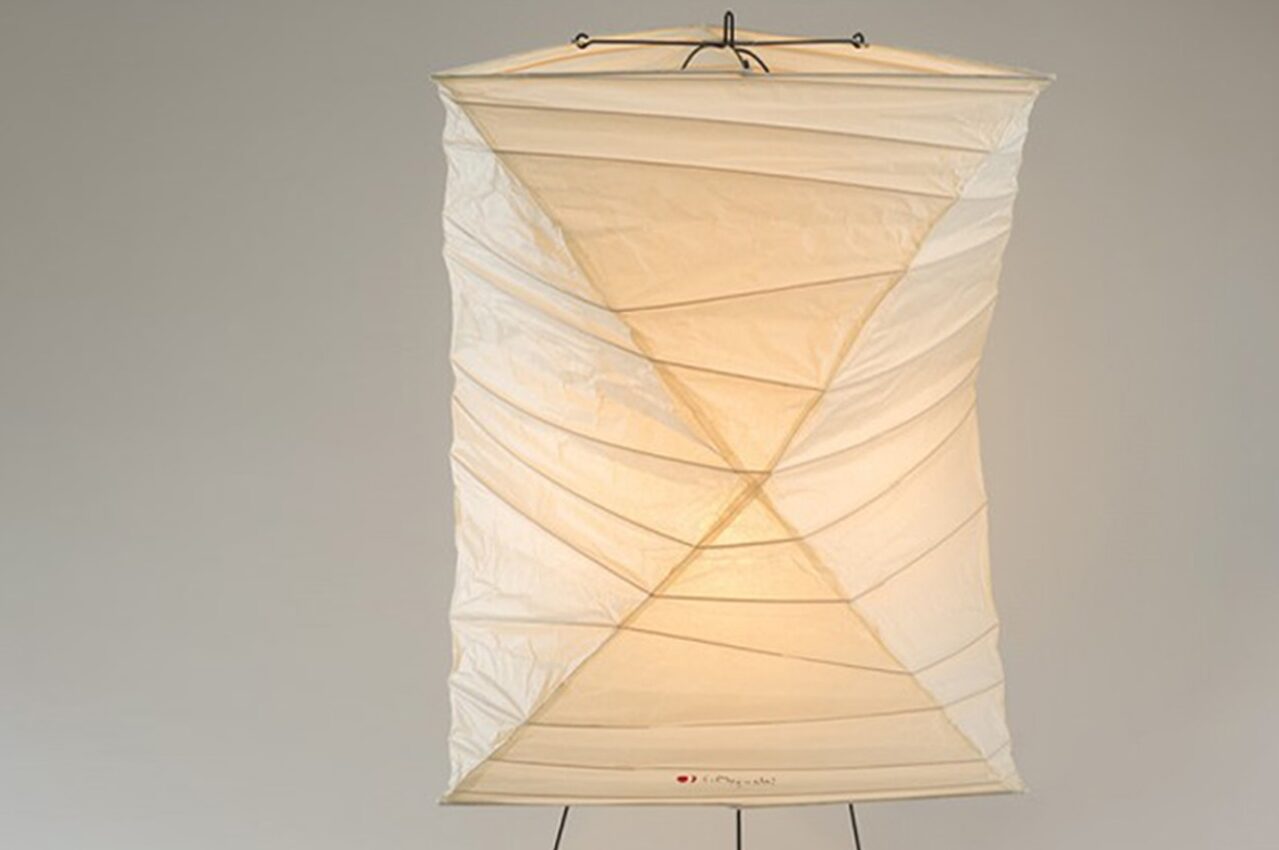
-
このお茶碗の模様、何と呼ばれているか、ご存じでしょうか?
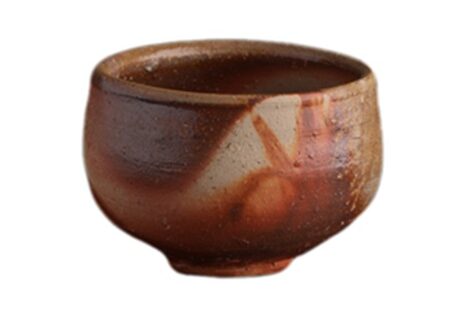
-
越前和紙は江戸時代に編纂された百科事典「和漢三才図絵」で何と呼ばれたでしょう。
